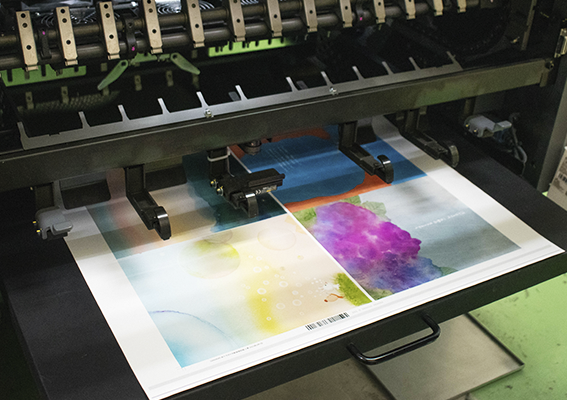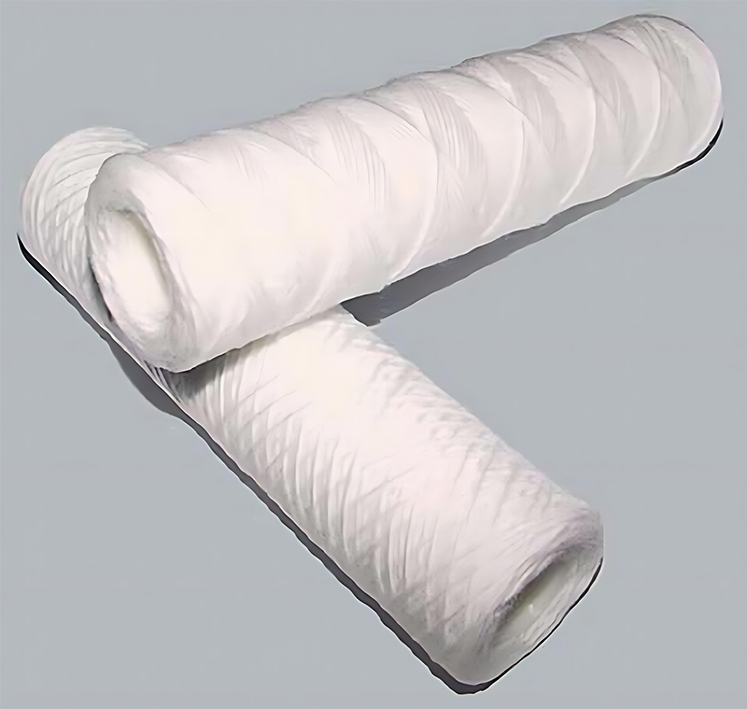How to make a qualified printing plate? These two problems are often overlooked in the development process!
Release Time:
12 May,2025
In modern plate making work, operators who are not experienced or are just new to this work often think that a qualified plate can be produced by simply configuring the appropriate proportion of the developer, adjusting the development speed, and paying attention to the size of the plate dots. This is an incomplete view. Because especially in the development process, whether the circulating filtration of the developer is unobstructed and whether the developer is supplemented properly and in time also plays a crucial role in the development effect.

In modern plate making work, operators who are not experienced or are just new to this work often think that a qualified plate can be produced by simply configuring the appropriate proportion of the developer, adjusting the development speed, and paying attention to the size of the plate dots. This is an incomplete view. Because especially in the development process, whether the circulating filtration of the developer is unobstructed and whether the developer is supplemented properly and in time also plays a crucial role in the development effect.
Cyclic filtration of the developer
Most of the current development equipment are equipped with independent and removable filter devices. Its working principle is: when the developer configured in a certain proportion flows into the liquid pump through the pipeline, it is operated through the liquid pump, so that the developer enters the external filter, flows through the filter element in the filter for adsorption and filtering. After adsorption and filtering, the clean developer enters the spray pipe of the development tank through the liquid pump, and participates in the development process again. This cycle is repeated to ensure that the oxidized mixture that is peeled off in the developing solution is minimized, thereby ensuring that the plate material is both sufficient and clean during the development process. Among them, the filter element (Figure 1) of the filter plays a very critical role in the development solution circulation process.

The filter element in the filter is made of dense cotton wire wrapped around a tight mesh, which can firmly adsorb the mixture peeled off in the developer without participating in the redevelopment process. Generally speaking, whether the filter element should be replaced should be defined by the amount of publication. Usually, when more than 300 plates are developed in total, a new filter element needs to be replaced. At this time, its filtration effect is already saturated. When the stripped substance can no longer be effectively adsorbed by the filter element, the developer will become turbid, and the stripped substance will easily float on the surface of the developed printing plate. When it is rolled through the transmission and rinsing through the rubber roller and is not thoroughly washed, it is very easy to cause dirty sheets. Therefore, the effectiveness of filtration is one of the effective measures to ensure the clean quality of the layout in the development process.
In addition, in the developing device, the front end of the developer circulation pump is a fan blade and the rear end is connected to the motor. Because the fan blades are in contact with the developer for a long time and participate in the circulation of the developer through constant rotation, after a period of time, the fan blades and their internal space will continuously accumulate crystallized drug impurities, and the fan blades will rotate poorly or stop, affecting the amount of liquid pumped into the development tank. When the fan blade is stuck for a long time and cannot operate, the connected motor will be overloaded and overheated, causing unnecessary damage to the electrical components. Therefore, when the operator replaces the developer every time, he should pay attention to whether the amount of liquid entering the development tank has changed significantly during the circulation process. Once there is no circulation or the amount of liquid decreases, he should disassemble the fan blade of the circulation pump in time and clean it with a special cleaning agent to ensure that the developer circulation is in a good state.
Generally speaking, according to the equipment maintenance requirements, each developing device needs to be cleaned and maintained regularly to ensure that there is no crystallization of the developing liquid on the spray pipes, pipelines, wool brush rollers and conveying rubber rollers. Therefore, operators must strictly follow operating procedures to ensure the good operation of the equipment.
Replenishment of the developer
As we all know, the developer is a highly alkaline mixed solution, and the exposure photosensitive layer of the plate material can be peeled off to achieve the effect of image-text development. In actual work, operators hope that the replaced developer can last longer and develop more plates.
Printers often slow down the development speed, thereby extending the residence time of the plate in the development tank. However, it is not advisable to ensure the development effect by extending the development time only, because when the performance of the developer drops significantly, if the development is not thorough, the bottom gray is likely to occur. In addition, an oxidation reaction will occur during the peeling of the developer, which will further reduce the performance of the developer peeling of the developer. At this time, the operator should improve the efficacy of the medicine by appropriately replenishing a certain proportion of new developer. However, some operators will pour the stock solution directly into the development tank to quickly improve the efficacy of the medicine, which is not advisable. Because it can only quickly improve the efficacy of the medicine in a short period of time, after a period of time, after circulation, the overall efficacy will decrease again. The operator must constantly change the development speed to control the development effect, which will make the development of the plate at this stage unstable, and it is easy to have over-development and insufficient development, which will directly affect the color presentation effect in subsequent printing.
This requires the operator to rehydrate reasonably according to the actual production situation. First, prepare a suitable proportion of supplementary developer (the ratio of stock solution to water is usually 1:2 or 1:3), and then use the liquid replenishment system of the developing equipment to set and adjust the replenishment amount for replenishment. Generally speaking, it is safer to rehydrate when developing about 180 pieces of material.
Regarding the seasonal issues of fluid replenishment, some operators are more likely to ignore. Due to the large changes in seasonal temperature and humidity in the northern region, the seasonal problems of fluid replenishment are more prominent. In summer, the temperature and humidity are high, and air conditioning is needed to use indoors to constant the temperature and humidity of the workshop. Since the temperature of air and water is relatively high, the developer has a strong medicinal properties and slow down. In the case of small plate making, there is no need to supplement the developer. However, it should be noted that the evaporation in summer is relatively large. If the liquid level of the developing tank is too low, it will not only affect the operation of the equipment, but also insufficient development due to the short contact time of the plate material. Therefore, in this case, liquid replenishment is also necessary, but the ratio of the stock solution to water must be adjusted to avoid over-distinction.
In winter, even if there are heating equipment indoors, the developer will gradually lose its efficacy due to the low temperature of various surrounding media, which will affect the development effect. This situation is even more obvious when working after the evening. Therefore, it is more necessary to supplement the developer in a timely and continuous manner to maintain stable medicinal properties.
To sum up, in order to ensure that the developer can stably exert its medicinal properties, the operator must constantly rehydrate the fluid reasonably according to the working environment (temperature, humidity, evaporation, etc.) and plate making amount to produce a printing plate that meets production requirements.
Related News
Add: No. 30-45 Huixi Road, Liangxi District, Wuxi, China
Follow us








